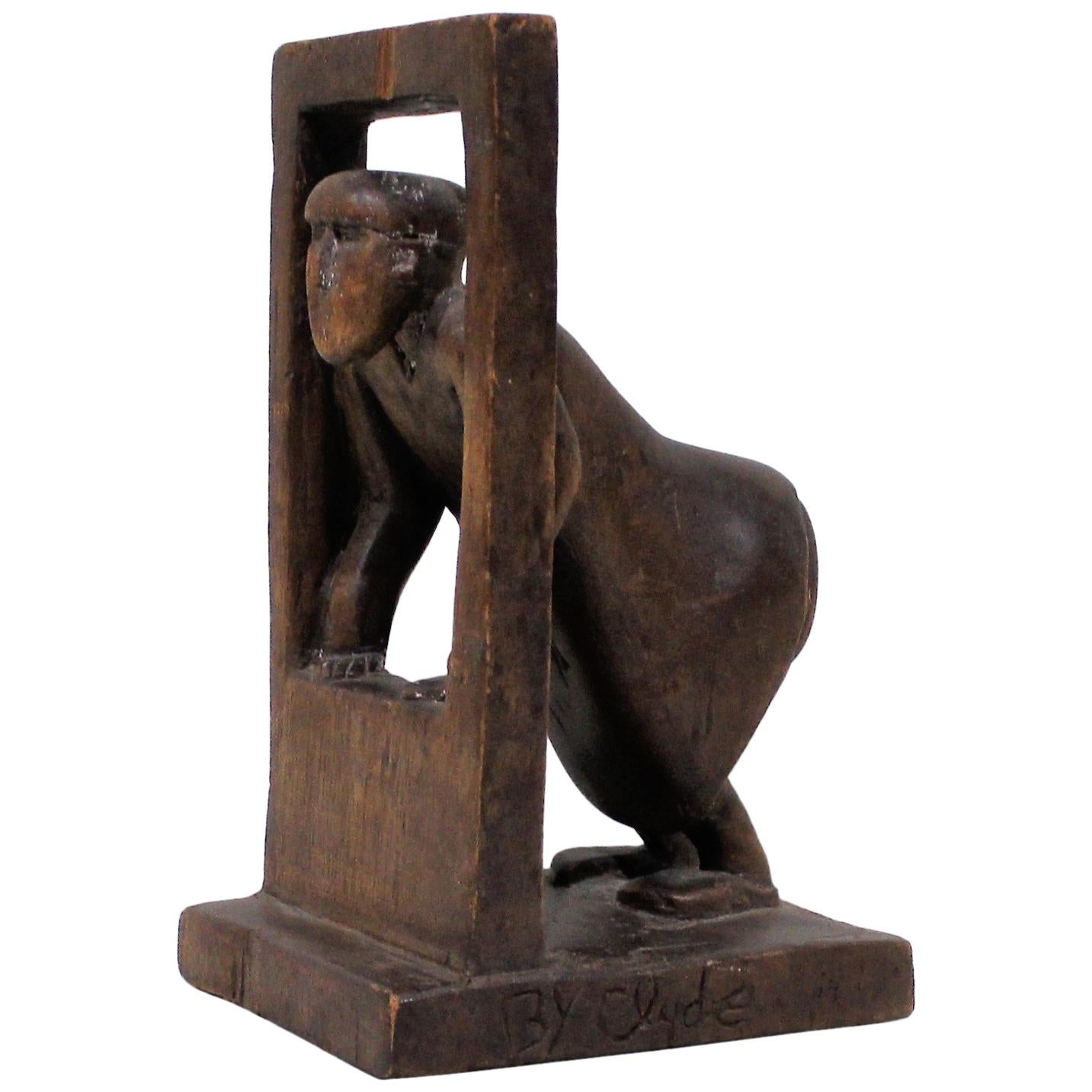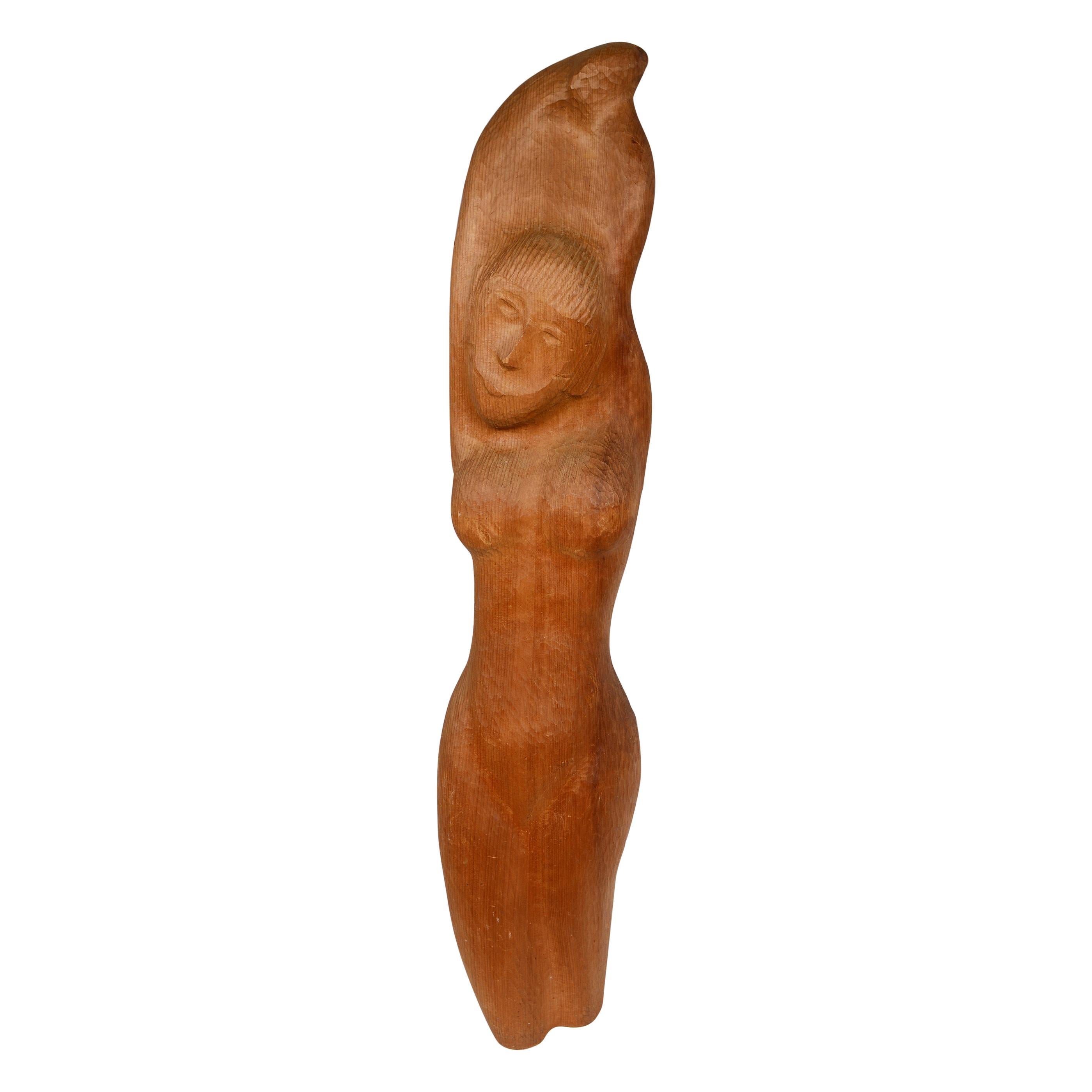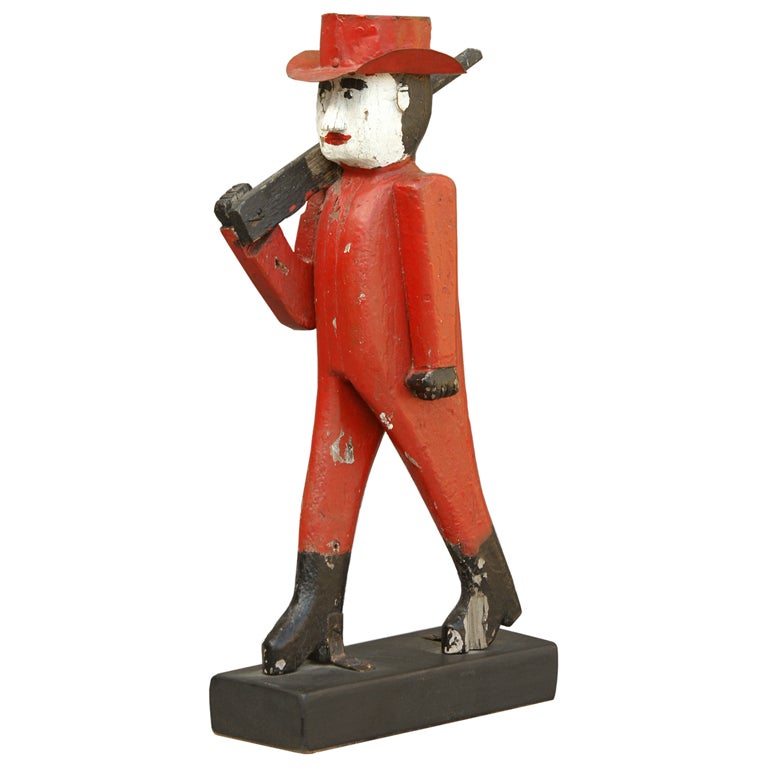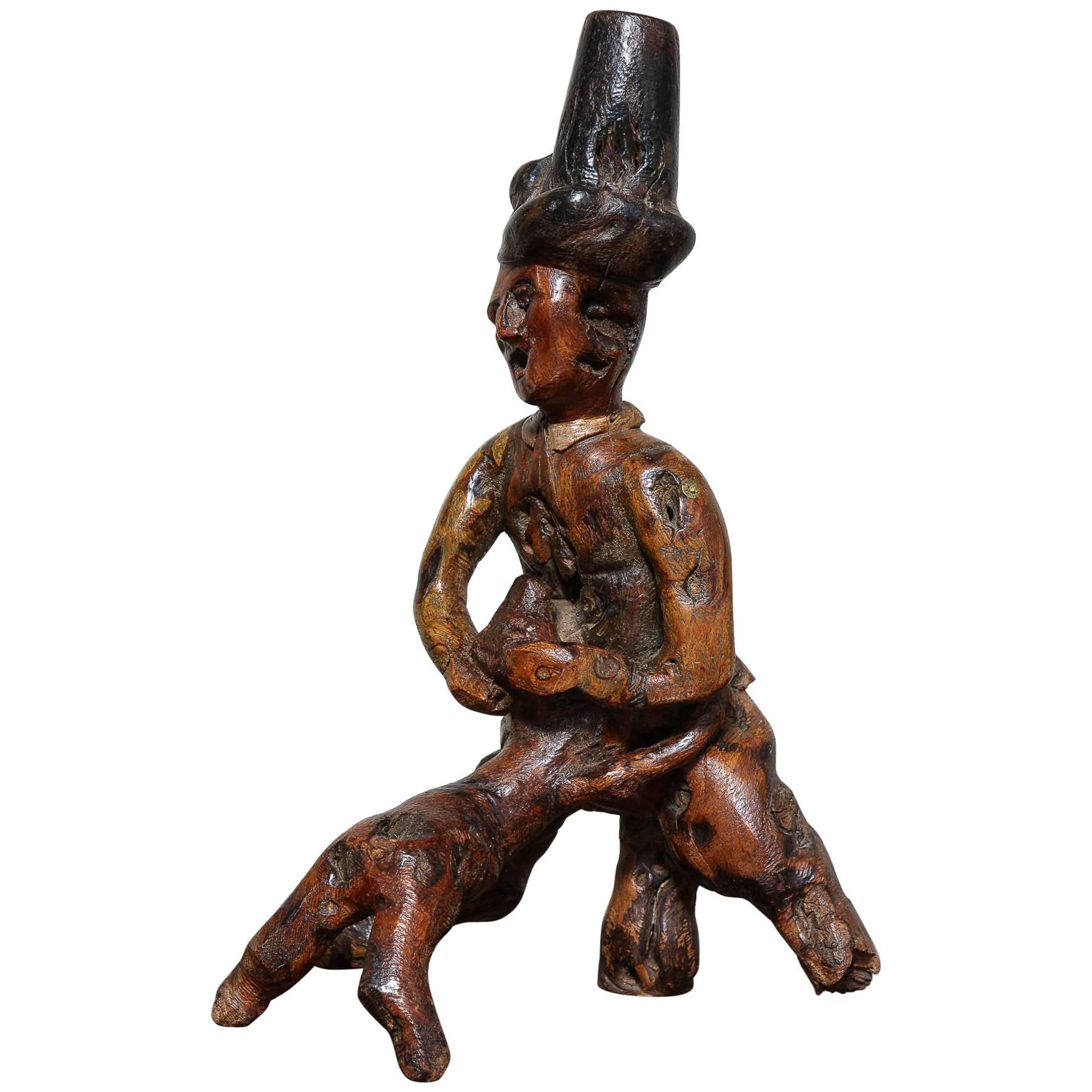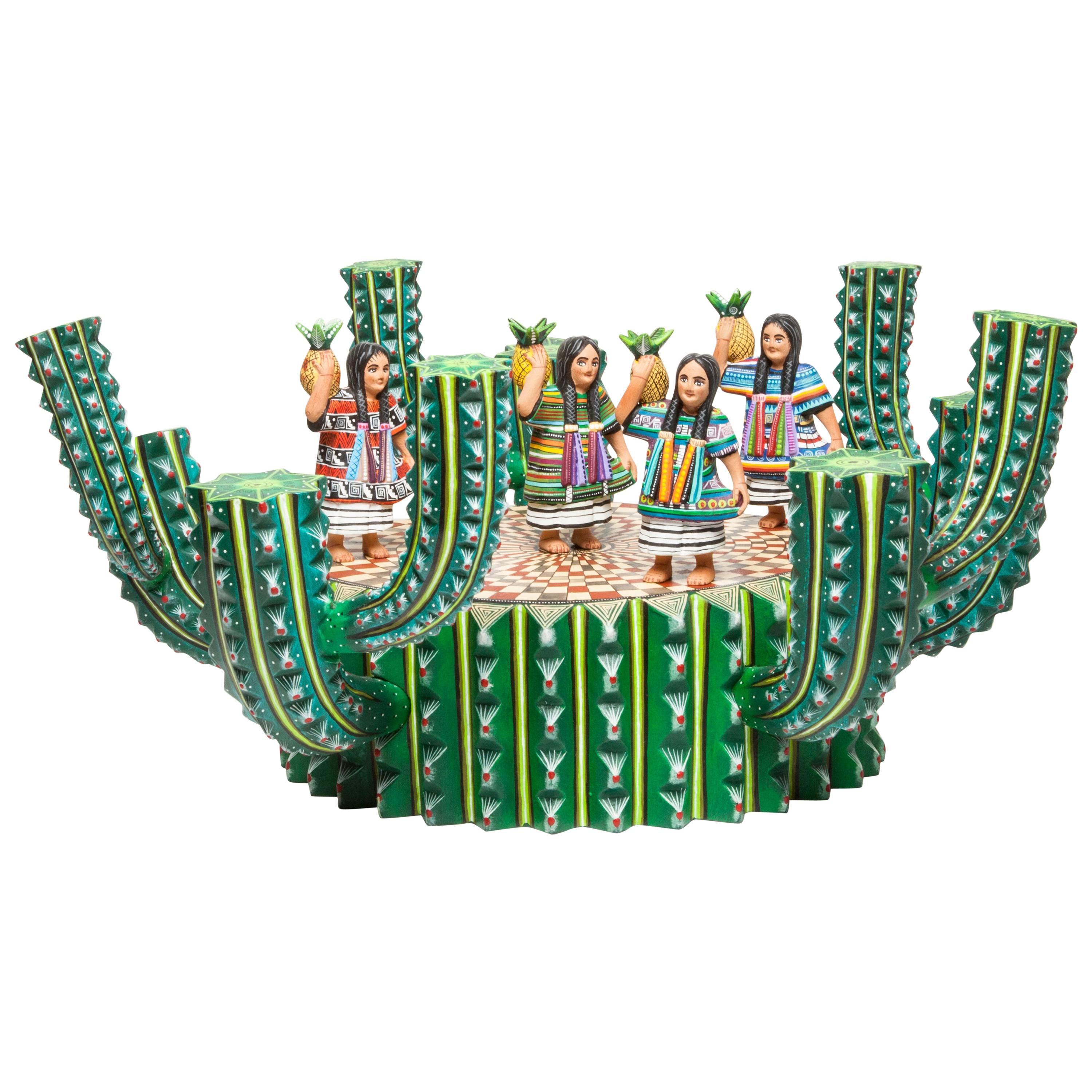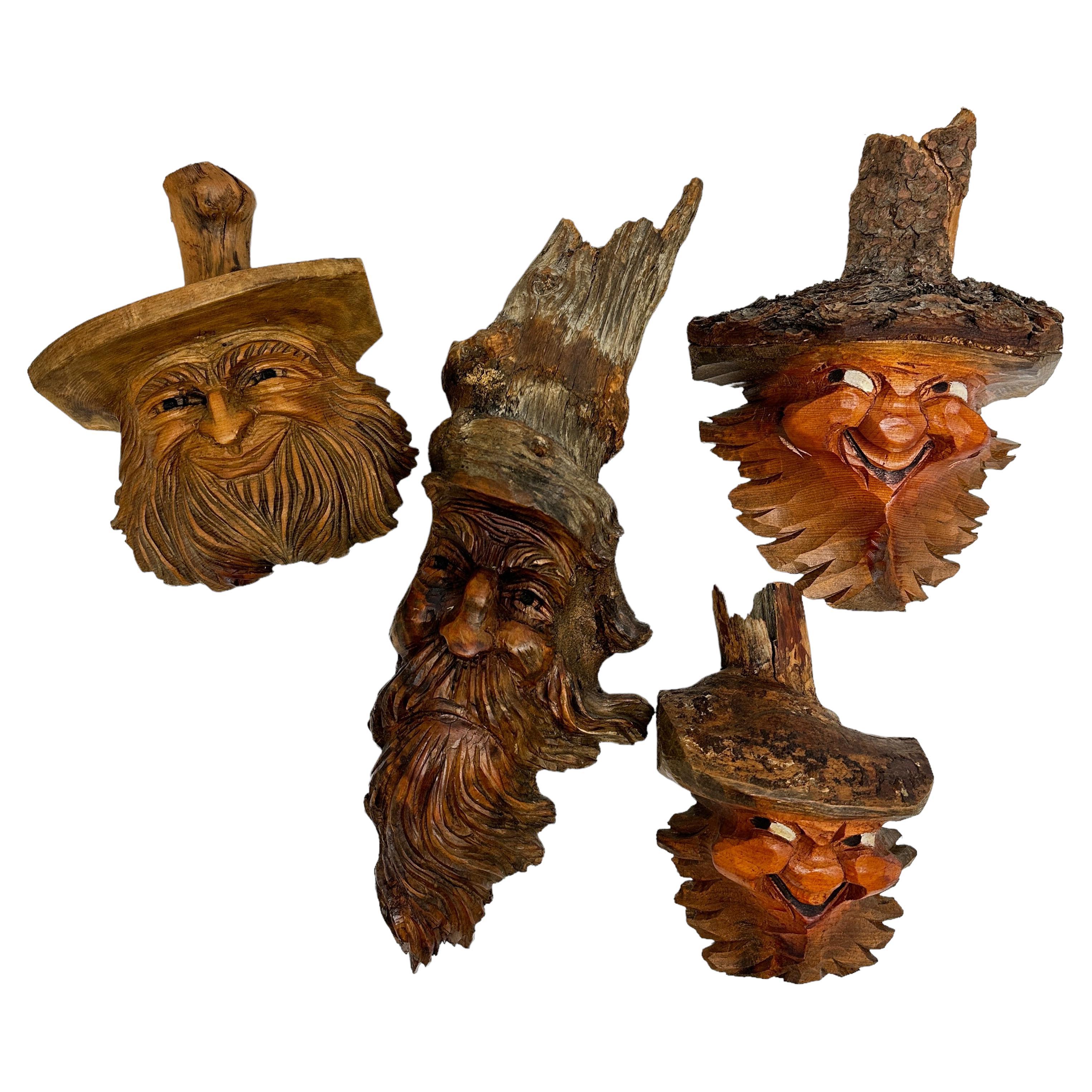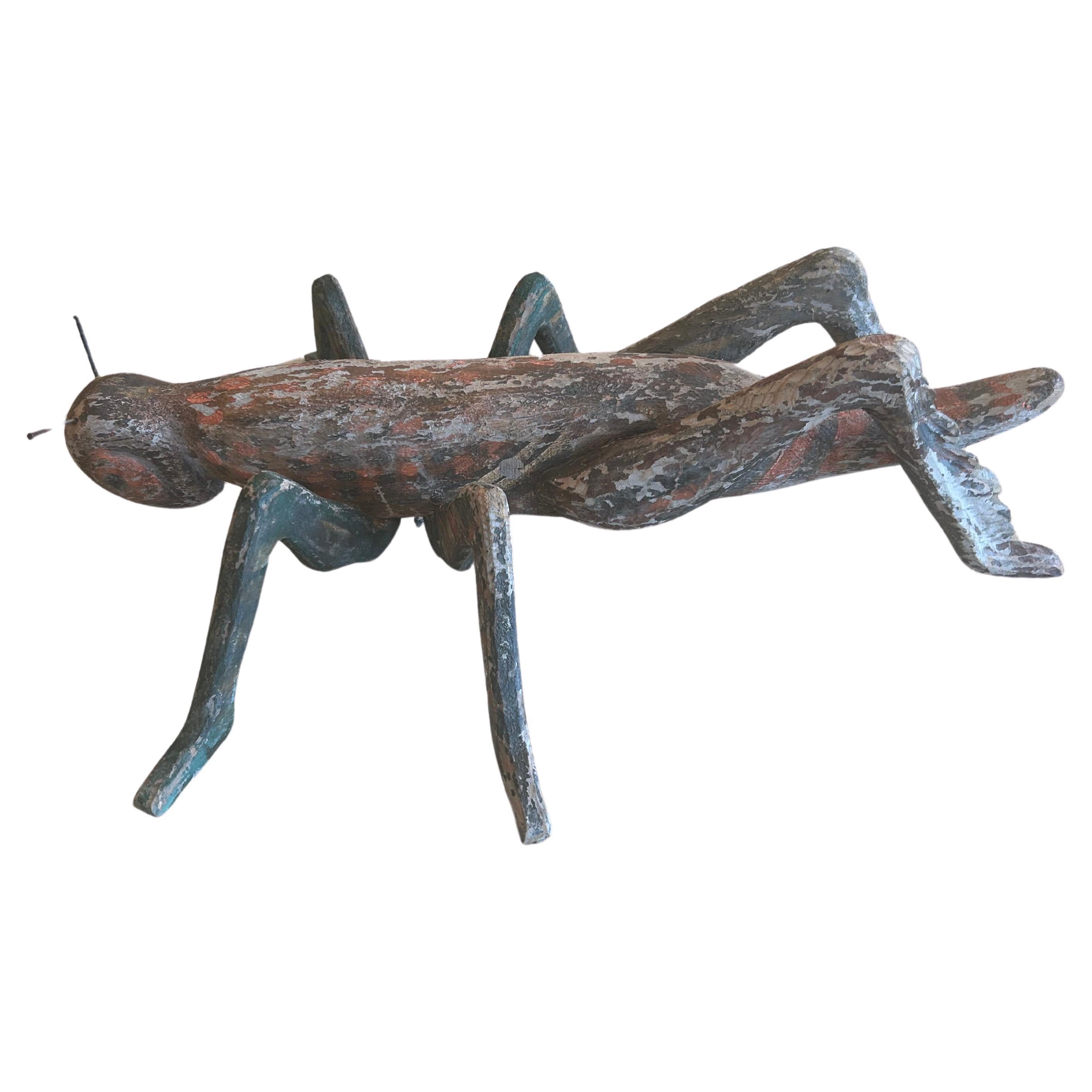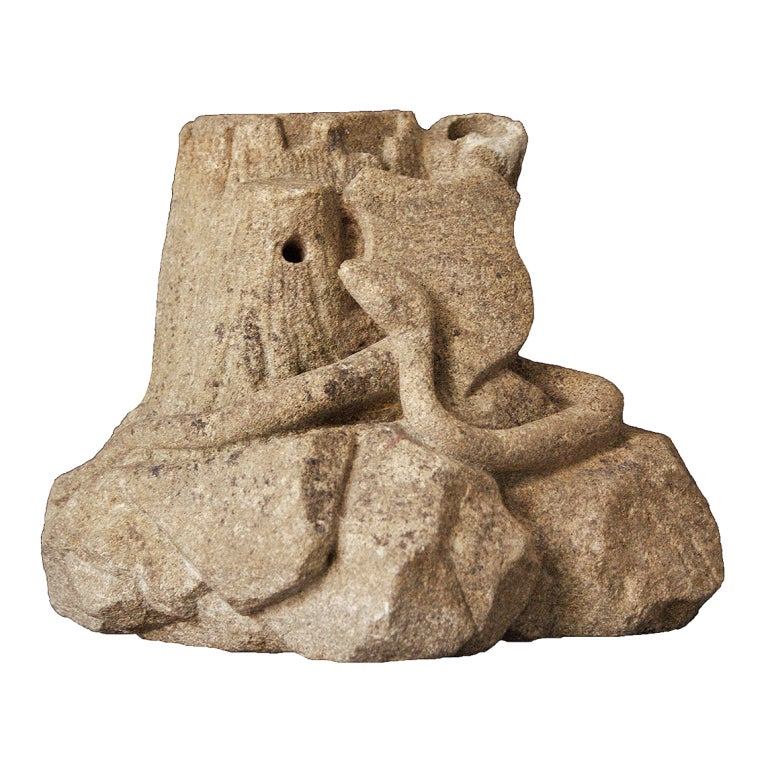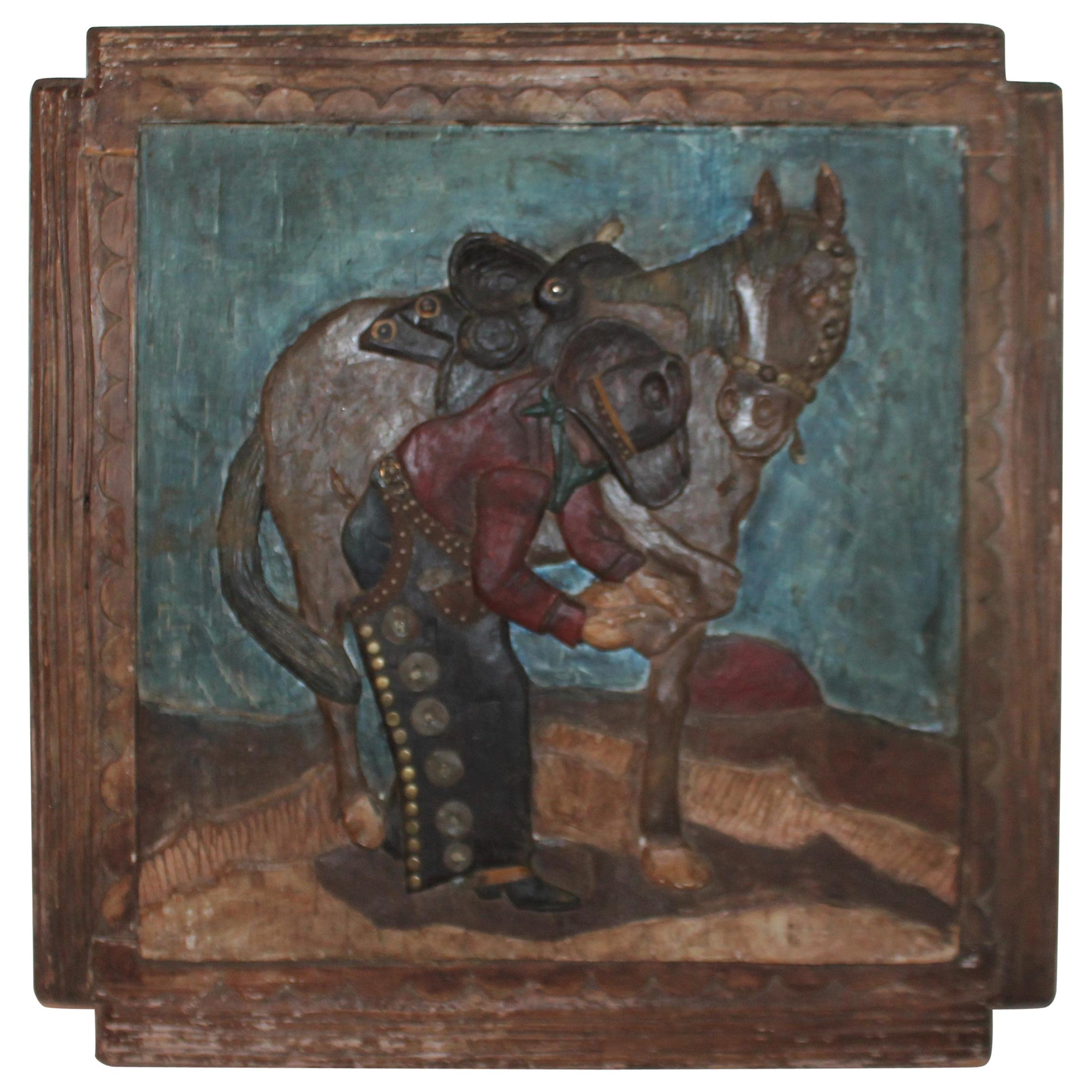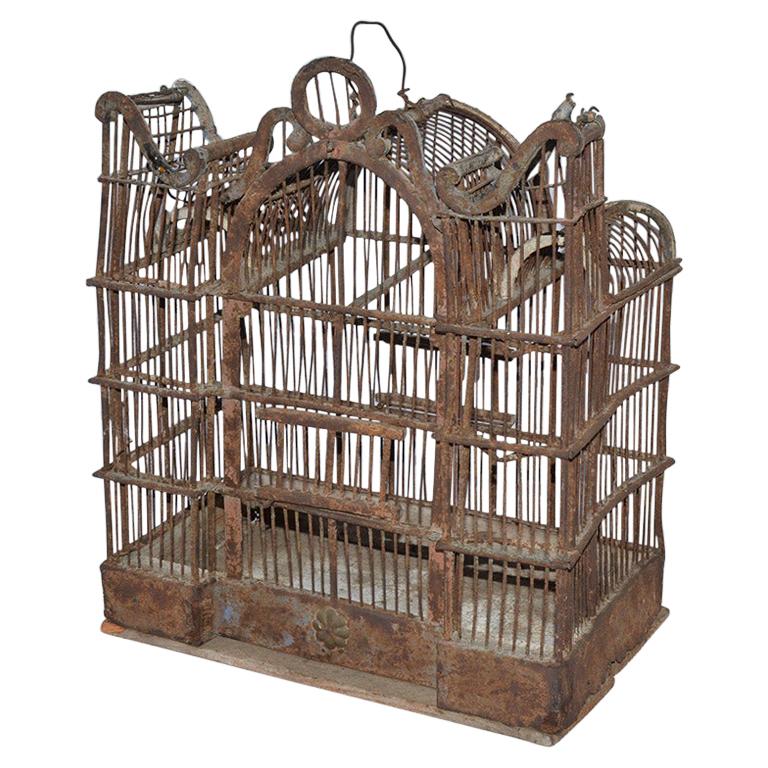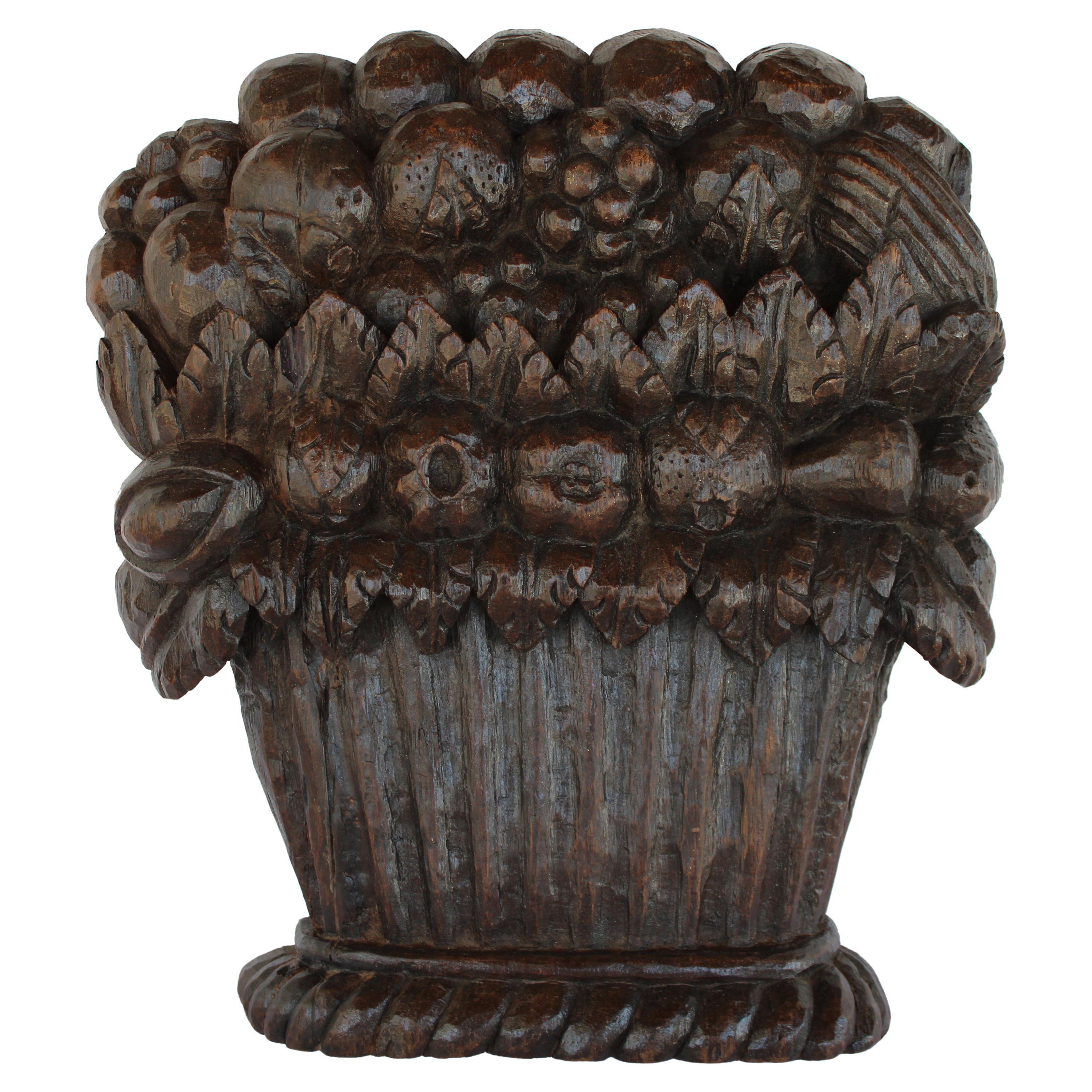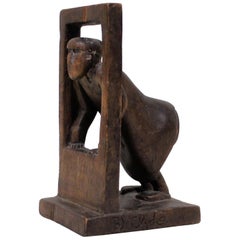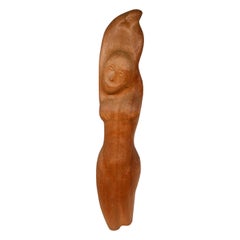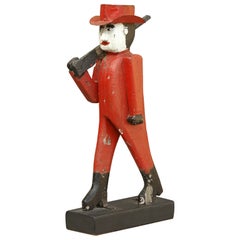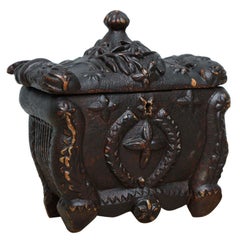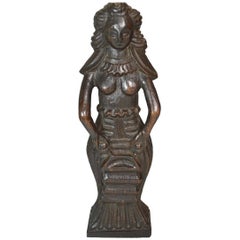
Wonderful Tudor Period Folk Art Wood Carving
View Similar Items
1 of 7
Wonderful Tudor Period Folk Art Wood Carving
About the Item
- Dimensions:Height: 9.85 in (25 cm)Width: 7.88 in (20 cm)Depth: 0.79 in (2 cm)
- Materials and Techniques:
- Place of Origin:
- Period:
- Date of Manufacture:16th Century
- Condition:Wear consistent with age and use.
- Seller Location:London, GB
- Reference Number:1stDibs: LU3650310690603
Authenticity Guarantee
In the unlikely event there’s an issue with an item’s authenticity, contact us within 1 year for a full refund. DetailsMoney-Back Guarantee
If your item is not as described, is damaged in transit, or does not arrive, contact us within 7 days for a full refund. Details24-Hour Cancellation
You have a 24-hour grace period in which to reconsider your purchase, with no questions asked.Vetted Professional Sellers
Our world-class sellers must adhere to strict standards for service and quality, maintaining the integrity of our listings.Price-Match Guarantee
If you find that a seller listed the same item for a lower price elsewhere, we’ll match it.Trusted Global Delivery
Our best-in-class carrier network provides specialized shipping options worldwide, including custom delivery.You May Also Like
Whimsical Folk Art Carving
Located in Hamilton, Ontario
Whimsical Folk Art carving of a man peering out the window with an exposed bottom. Signed "Clyde".
Category
Early 20th Century Folk Art Sculptures and Carvings
Materials
Wood
$495 Sale Price
28% Off
Large Folk Art Wood Carving of a Nude Woman
Located in San Mateo, CA
Large Folk Art caving of a nude woman. This was done by a geologist and professor as a hobby. The sculpture shows some dings, dents, scuffs and wear.
Category
Mid-20th Century American Folk Art Sculptures and Carvings
Materials
Fir
Folk Art Hunter Carving, circa 1930s
Located in Santa Monica, CA
Hand-carved wooden Folk Art hunter with a sheet metal hat. Original red, white and black paint surface.
Category
Vintage 1930s American Folk Art Sculptures
Materials
Sheet Metal
Wonderful Scottish Folk Art Tea Caddy
Located in Greenwich, CT
Most unusual early 19th century Scottish carved Folk Art tea caddy, the lid with foliate carving and knob finial, the body taking its design from the more hi style sarcophagus form b...
Category
Antique Early 19th Century Scottish Folk Art Sculptures and Carvings
Materials
Birch
Folk Art Root Carving Man and Dog
Located in Greenwich, CT
Wonderful English 19th century Folk Art sculpture of a man being greeted by his dog, the figure wearing a tall Cornish hat hugging and being hugged by his adoring four legged friend,...
Category
Antique 1820s Great Britain (UK) Folk Art Sculptures and Carvings
Mexican Folk Art Wood Carving Traditional Dance Handmade Alebrije One of a Kind
By Ruby Fabian, Manuel Cruz Prudencio
Located in Queretaro, Queretaro
The young dancers wear an armor of threads over their bodies, showing off an ancient indigenous art form. Colorful thread combinations characterize the huipil dress, a rectangle of cloth handwoven on a backstrap loom that dates back thousands of years in used in Zapotec culture. Through symbols in their dresses, Zapotec women wear their identity, history, culture, power, social and marital status, religion, personality, and power.
In this folkloric dance, “Flor de Piña” (Pineapple Flower), innocence surrounds young girls as they dance and hold pineapples on their shoulders as an offering. Their long braids represent purity and their bare feet symbolize their connection to the Earth.
This folkloric dance is part of the “Guelaguetza” (name in the indigenous Zapotec language) Festival Celebration. Since pre-hispanic times, the indigenous people of Oaxaca have honored the goddess of maize with this festival, performing and offering gifts to ensure a good harvest.
Husband and wife, master woodcarver Manuel Cruz and wood painter...
Category
21st Century and Contemporary Mexican Folk Art Sculptures and Carvings
Materials
Acrylic, Wood
Recently Viewed
View AllMore Ways To Browse
Wood Folk Art Carving
American Wood Carving
Folk Art Wall Hanging
German Wood Carving
Antique Folk Carving
Large Wood Folk Art Sculpture
Austrian Folk Art
Hanging Wood Carving
Wood Carving 1960s
Folk Art Wooden Head
Folk Art Carved Birds
Austrian Wood Carving
Black Forest Carvings For Walls
Folk Art Deer
Chip Carved Folk Furniture
Whimsical Wood Carving
Antique African Carvings
Wooden Carved European Folk Art
